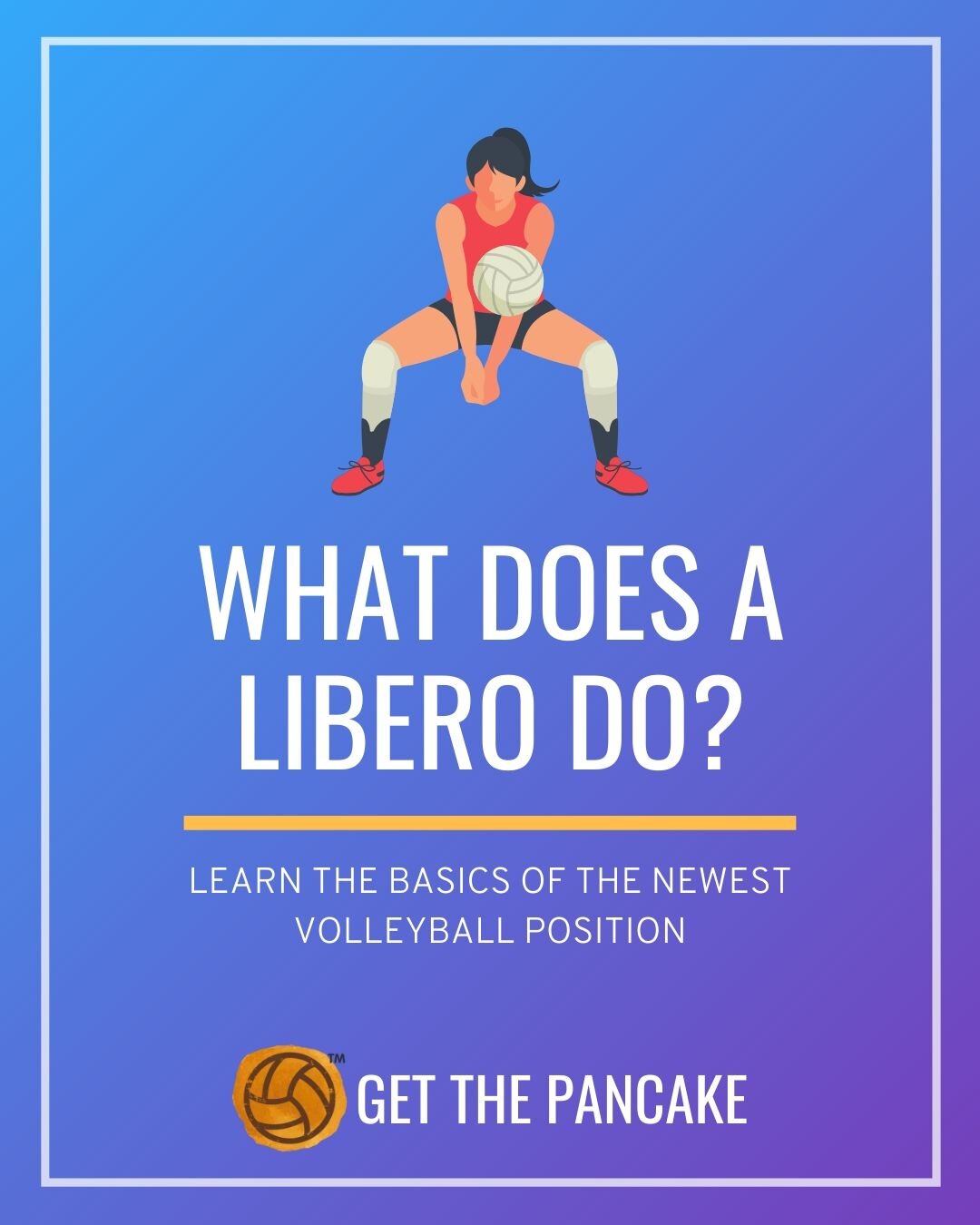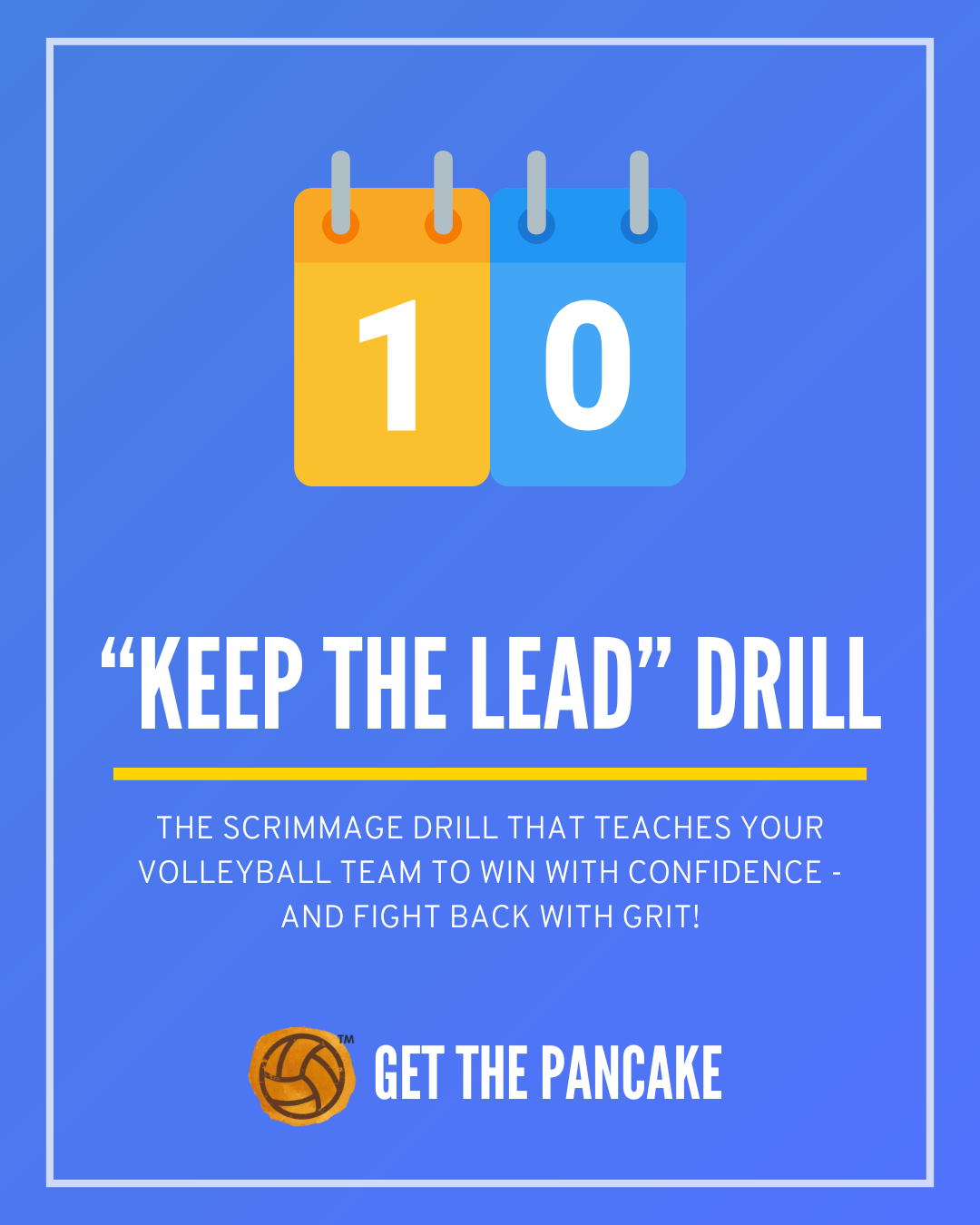What Does A Libero Do In Volleyball?
Depending on when you graduated high school, you may or may not know exactly how a libero works in volleyball. Although this position was introduced to club volleyball and school volleyball in the early- to mid-2000’s, even leagues and conferences where a libero was allowed didn’t necessarily use the libero. And since the introduction of the libero position, rules have been modified over time, changing the way the libero is used on most teams.
Before we talk about what a libero does, it’s important to get some basics (and then some) out of the way.
So… What Is A Libero?
Let’s go over basics first:
A libero is a designated back row player.
A team can have only one or two liberos listed on the lineup per match.
A libero is typically the best passer on the team.
The libero(s) wear a clearly contrasting color uniform from the rest of their team (to help the officials track this player).
You do not have to use a libero if you don’t want to.
Slightly More Complicated Libero Rules And Tendencies
Liberos do not need to officially substitute into or out of the match. They instead switch with their “sub” by running onto or off the court during a dead ball.
Libero “subs” are not counted against your total substitution limit. This is one of the major benefits of using a libero.
Liberos are usually positioned where they will pass most of the hits from opponents (left back or middle back depending on the coach’s preference).
Liberos most often switch with middle blockers when they rotate into the back row. Although not always the case, this is typically true because the middles typically only work on front row skills in practice (think hitting and blocking) and are often weaker in the back row. Learn more about positions here.
The Most Confusing Aspects Of Using A Libero
Liberos are not allowed to “start.” Instead, you will have a lineup of “normal” players and have the libero switch after the lineup has been checked by the down ref and they wave your libero onto the court.
A libero may serve in one rotation. Let’s say your libero is switching with both middles… The first middle to rotate back to serve might stay and serve if they have a stronger serve and are decent in the back row. The second middle, if strong enough, can serve as well. However, if you’d prefer to have your libero in, your libero can serve instead and go from left back to right back while the two middles “switch”.
Although they are “back row” players, they can still attack the ball. There are many rules that apply to this situation. A more thorough explanation can be found here.
Just as attacking the ball is complicated for liberos, so is setting. A libero may set the ball to a front row hitter who hits above the height of the net only if they set the ball from completely behind the 10’ line. See? I told you it was complicated… As a general rule of thumb, most coaches train their liberos to “bump-set” aka “pass” to a hitter if they need to.
Liberos are often the “back-up setter” when a setter passes the first ball over the net. This is typically referred to as “setter-out” and would be considered “out-of-system.” This is where that bump-set comes into play with liberos typically passing to the outside hitter or right side hitter (since the angle to set middle would be awkward).
So… What Does A Libero Do?
While coaches use liberos in a number of different ways across age levels and skill levels, the following guidelines show you how an average coach would use the libero position.
The best passer on the team (who is not needed to play front row) will become the team’s number one libero.
Another player who is a strong passer may also serve as a libero. Younger teams may give equal playing time to each libero, but older or more competitive teams will likely rely on only one.
The libero will play either middle back or left back for their team’s middle blockers. This libero will serve in place of the weaker middle blocker.
Liberos should pass more than anyone else. When the ball is between another player and a libero, the libero is generally the one you want to take it.
Liberos should be your “back-up” setter when the setter passes the first ball. Have setters pass to the middle of the court (instead of right front) so the libero can get to it easier. You can practice this with the “Setter Out” Drill.
Liberos are often vocal and aggressive. This makes them excellent candidates for players who are willing to throw themselves on the floor if needed.
How To Use A Libero
At the end of the day, liberos are meant to add a higher level of skill and accuracy to your team’s defense while reducing the number of substitutions used. These players are often leaders and very outgoing, and work very hard without a ton of credit (kills tend to get more cheers than an amazing dig, let’s face it).
The best way to learn how to use a libero is to read through the most recent rule book, continue your coaching education, pay close attention to how other teams use a libero, and come up with your own strategy from there! Be sure to practice using a libero with your team at least once or twice in a full game-like scrimmage (substitutions and switches included) before your first match or tournament. Just as the position can be confusing for coaches, it is just as challenging, if not more so, for players! Give them some practice figuring out the ins-and-outs of using a libero on the team so they will feel more confident come game time.
What coaching topics are you interested in?
Latest articles
Whitney Bartiuk is the creator of Get The Pancake, a website for volleyball coaches. What started as a fun side project in 2011 grew into her life’s mission… To help volleyball coaches educate themselves and improve their coaching skills, in turn helping young volleyball players have transformational experiences on the court.
Originally a place to share fun volleyball drills, Get The Pancake is now an ever-expanding educational resource for volleyball coaches. This includes original volleyball drills, articles on coaching philosophy, a volleyball podcast, and digital downloads to help coaches elevate their game.









Teach your 12u volleyball players the basics with four fun games that build real skills! These beginner-friendly drills develop fundamentals through competition, tons of contacts, and fun!